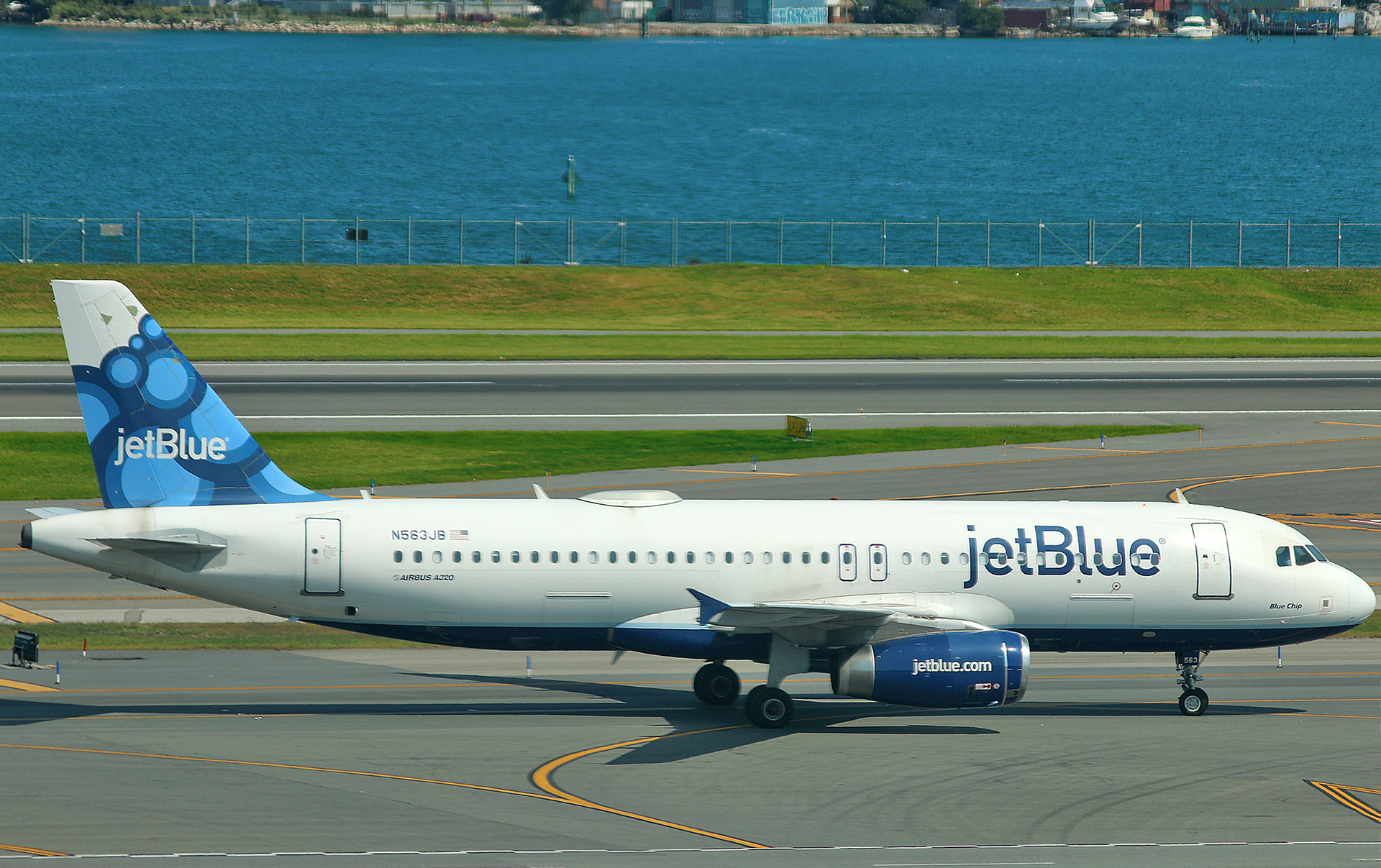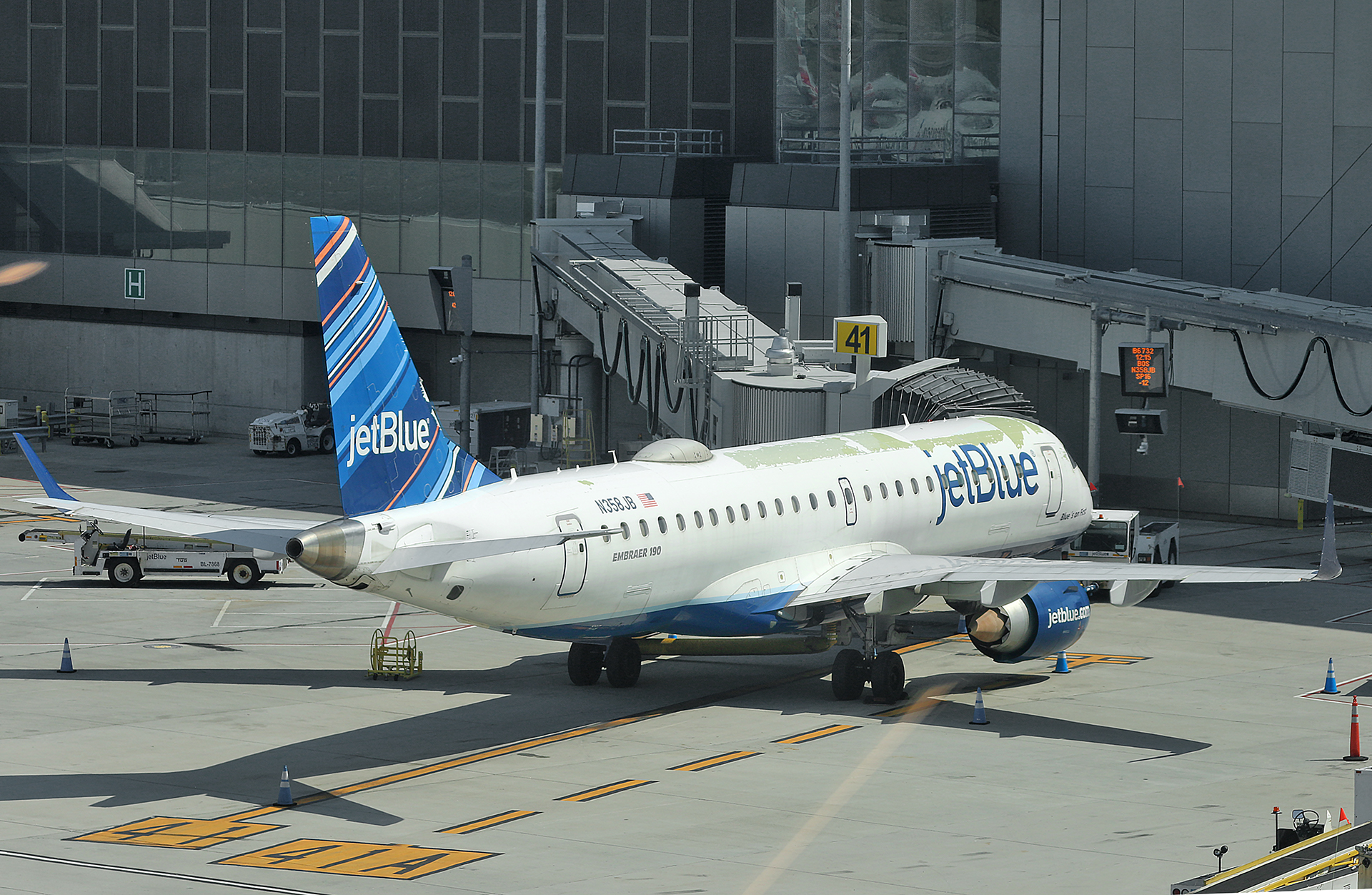A definitive merger agreement between JetBlue Airways Corporation and Spirit Airlines, Incorporated — which are the respective parent companies of JetBlue Airways and Spirit Airlines — was approved by stockholders of Spirit Airlines earlier today, Wednesday, October 19, 2022 and the combined entities are one step closer to creating the fifth largest airline in the United States once the merger is completed.
JetBlue Airways Merger Approved by Stockholders of Spirit Airlines

“Based on the preliminary voting results provided by the independent inspector of election at the special meeting of stockholders held today, more than 50% of the outstanding shares of Spirit common stock voted in favor of the transaction”, according to this official press release from Spirit Airlines. “The final voting results of the special meeting, as tabulated by an independent inspector of elections, will be filed on a Form 8-K with the U.S. Securities and Exchange Commission.”
JetBlue Airways Corporation will acquire Spirit Airlines, Incorporated for $33.50 per share in cash — including a prepayment of $2.50 per share in cash payable upon the approval of the stockholders of Spirit Airlines of the transaction; and a ticking fee of $0.10 per month starting in January 2023 through closing — for an aggregate fully diluted equity value of $3.8 billion and an adjusted enterprise value of $7.6 billion.
The merger agreement was announced on Thursday, July 28, 2022 shortly after the board of directors at Spirit Airlines voted on terminating its merger with Frontier Airlines effective as of Wednesday, July 27, 2022.
As an argument for potential regulatory approval of this deal by the Department of Justice of the United States — even as the fifth-largest carrier in the United States — the combined airline would have only nine percent of the market share when compared to 13 percent for the fourth-largest airline and 23 percent for the largest carrier.
After the combination of JetBlue Airways and Spirit Airlines is complete — and with its committed upfront divestitures — the largest seat share of a combined airline will have in any of its largest metro areas is 40 percent, compared to the 57 percent to as much as 91 percent share which legacy carriers have in their largest metropolitan areas.
Final Boarding Call

Press releases and official announcements from companies which are involved in a merger or acquisition are filled with positive “forward-looking statements” and almost never discuss the disadvantages of what they are doing, as all that really matters is profitability and anything associated with that.
Some route overlaps do occur between JetBlue Airways and Spirit Airlines. Will those overlaps mean more frequencies in schedules — or an opportunity to cut costs by consolidating or eliminating some of the supposedly duplicitous flights?
Less competition usually means higher costs for customers. Will the combined entity of JetBlue Airways and Spirit Airlines — which has yet to be officially named at the time this article was written — be an exception?
Also, what will the frequent flier loyalty program ultimately look like with the combined airline? A frequent flier loyalty program is a tool which is used by an airline to market to — and, ultimately, successfully sway — a potentially profitable customer to give his or her business to that airline instead of its competitors. Will there be less of an incentive for the frequent flier loyalty program of the combined airline to offer enticing benefits?
Time will tell, as the answers to all of these questions and more will be forthcoming as the merger between the two airlines progresses — but it still faces regulatory approval from the federal government of the United States, which is not expected to come easily…
All photographs ©2018 and ©2022 by Brian Cohen.
